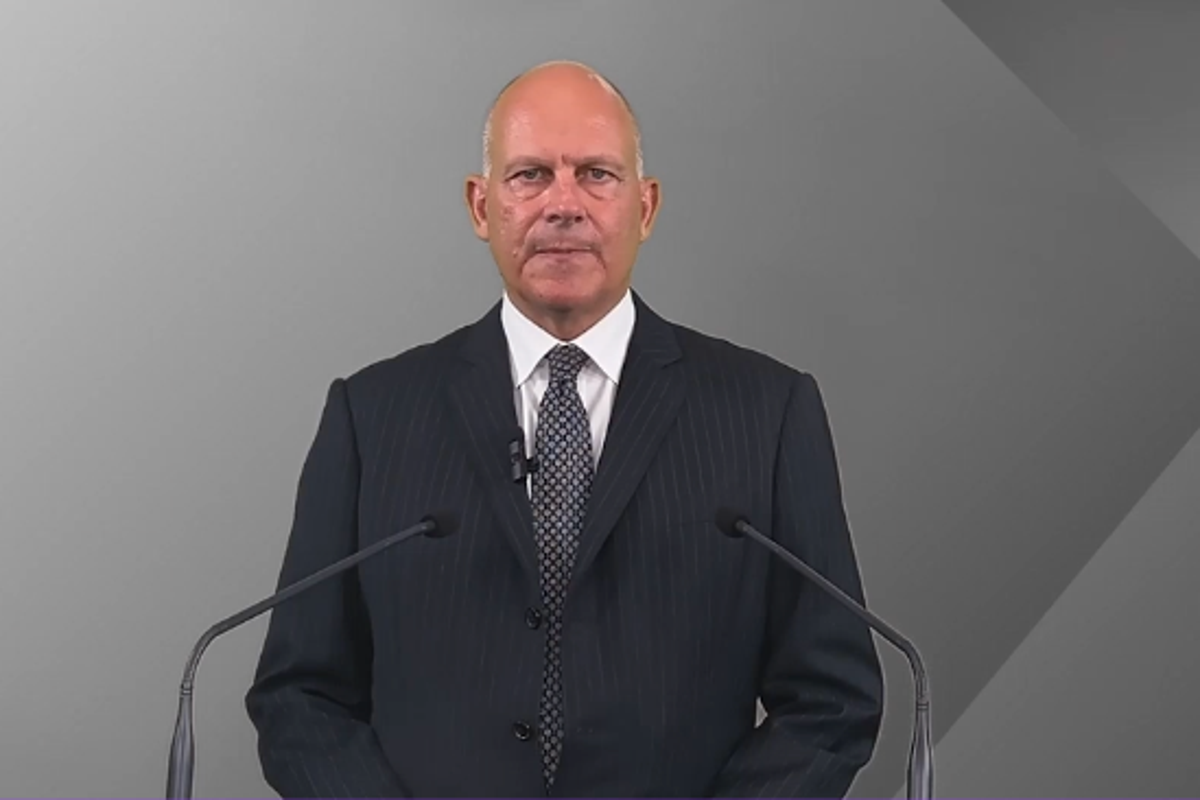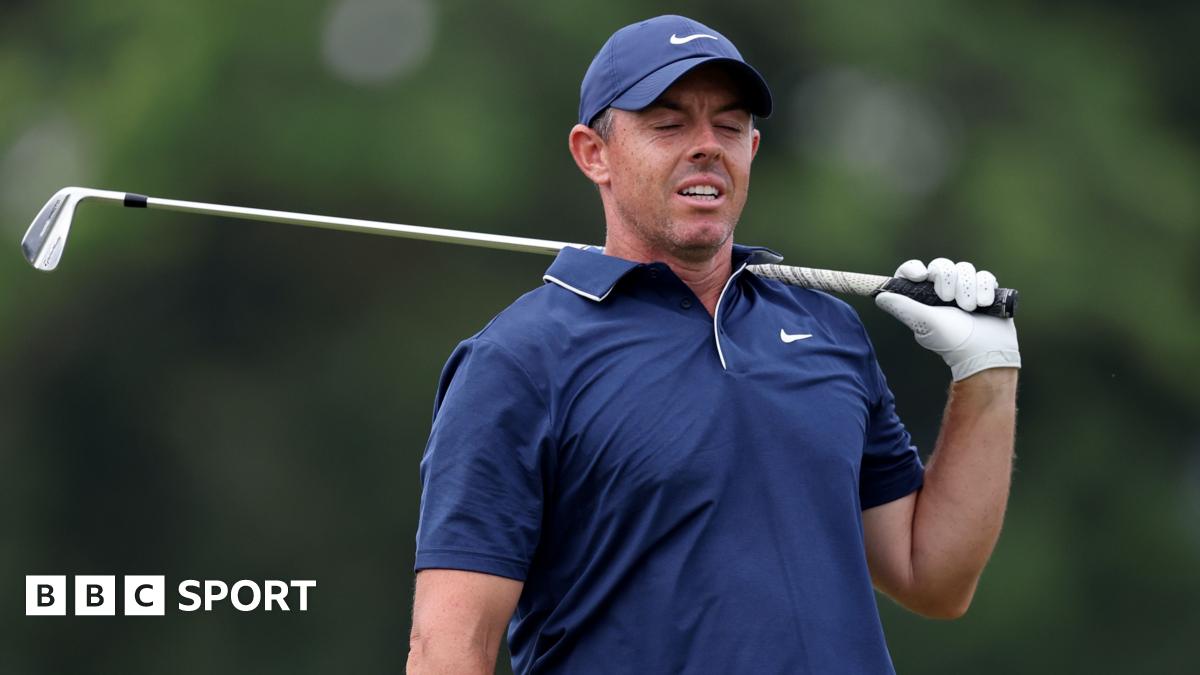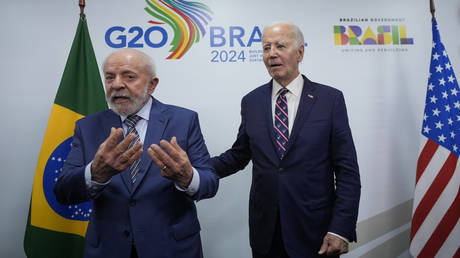Why I’m wishing for different technology on Father’s day
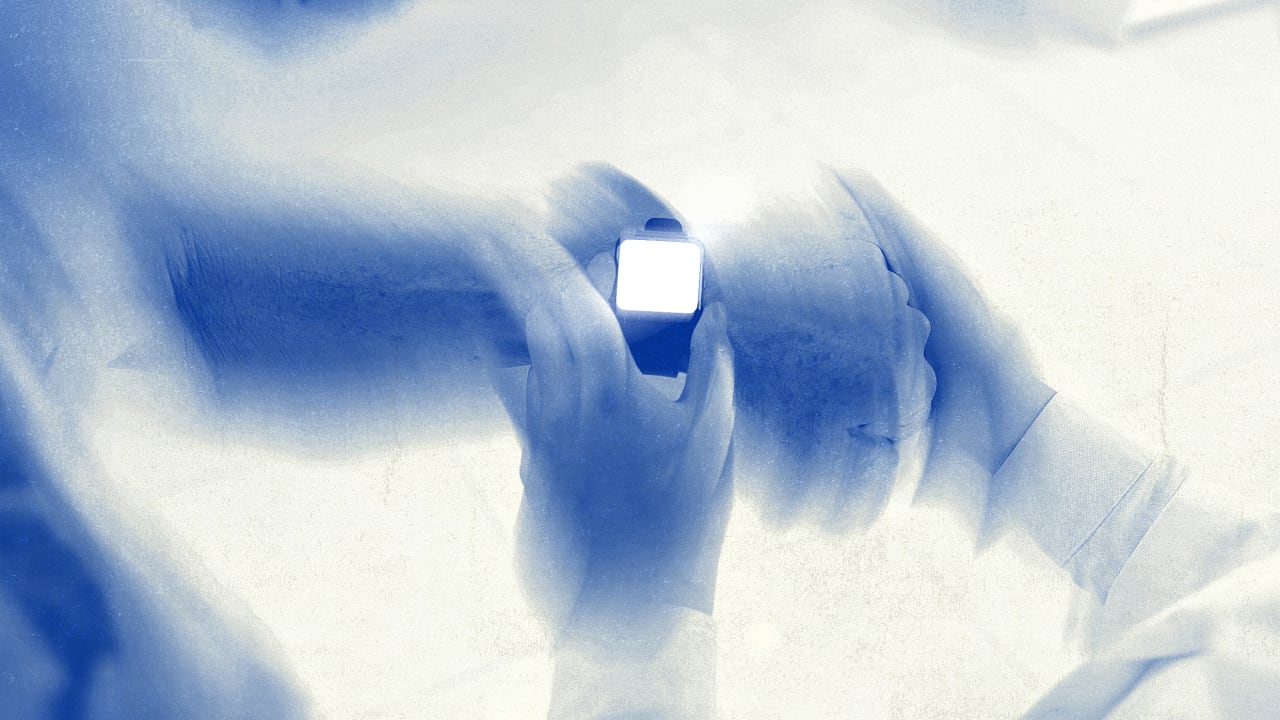
Father’s Day comes with mixed feelings as I prepare to enter my 60s. Like many of my contemporaries, I spend a lot of my time looking after an aging father—struggling with how to keep his fragile health and well-being from further deterioration. Even a titan of industry like Tim Cook (with unlimited tech and financial resources at his fingertips) is not immune to the challenges of remotely caring for an aging father.
On Father’s Day, I can’t help but wonder how many more of these occasions I will have with my Pop around, and reflect on my own mortality. How might things be different if I am lucky enough to live into my mid 90s as he has? What role will my relationship with technology play in preparing me to better navigate that future? Aging, particularly cognitive decline, exposes a huge gap in our tools and resources that technology is struggling to fill. As a “Digital Pioneer” who came of age in the era of personal computing it is impossible to imagine a future without this intimate relationship.
While staying in good physical shape is important to me, I am frustrated by the unending wave of new watches, wearables, and other health gizmos coming out of the tech sector that drive our obsession with real-time tracking and performance optimization. This interaction model feels fundamentally misaligned with the experience of aging I have seen in my 94-year old father, who is now struggling through the slow, gradual decline of dementia. My father was intensely physically active throughout his entire life—even taking up swimming well into his 80s when he could no longer rush the net. But, at this point, his needs are much more basic and quotidian than they were even five years ago. The world of assistive devices that he occupies (hearing aids, wheelchairs) seems completely out of step with the digital environment that has nurtured me and my generation.
I have lived a charmed life when it comes to technology. A mere two years after I was born, Doug Engelbart introduced the many of the fundamental design features that would define this new world (in the “Mother of All Demos“) including the windows GUI, hypertext, the computer mouse, and videoconferencing. The Sony Walkman came out in 1979, at the onset of my adolescence, and the Apple Mac was released in 1984, the year I started college, ushering in the era of personal computing.
I began my professional career in UX design in the early ’90s, at the dawn of the internet, which laid the groundwork for the ecosystem of connected devices we inhabit today. I worked on my first biofeedback device—a handheld heart rate variability (HRV) monitor called the StressEraser—almost 25 years ago. I would argue that digital tech has been the biggest cultural influence on my generation. As former MIT Media Lab professor Kevin Slavin puts it: “We are the first generation that grew up with computation as a parent.” When I look ahead to my own aging process, I keep wondering whether there is a future breakup for me with the digital tech I have come to know and rely upon.

I never imagined how digital technology would so fundamentally reshape our world (which became the thesis for the book User Friendly, that I developed with acclaimed author and designer Cliff Kuang). But I also never imagined what it might be like to grow old with this very same tech—until recently. Will the impact be a net positive or negative? I know that it would have been of little benefit to my father who never mastered an ATM, much less a smartphone.
This is a story about my generation’s journey into our 60s, 70s, and beyond, and the potential for tech to help us gracefully adapt to our changing abilities. It’s a story about how we can use that technology in a way that our fathers were not willing or able to. Technology can help us better prepare for our future and maintain our agency, particularly in the face of the inevitable physical and cognitive challenges. But it’s on us to embrace new behaviors and augmentations (and not inherit their perceived stigma from prior generations) while we retain the capacity to adapt alongside them.
Digital pioneers
The prevailing health tech narrative promoted by Peter Thiel and other broligarchs out of Silicon Valley is that biometric data will allow us to maximize day-to-day performance and ultimately turn back the clock on the aging process. American oncologist and bioethicist Ezekiel Emanuel describes this idealized vision as the “American Immortal”: “Americans seem to be obsessed with exercising, doing mental puzzles, consuming various juice and protein concoctions, sticking to strict diets, and popping vitamins and supplements, all in a valiant effort to cheat death and prolong life as long as possible.” The current wave of health tech is only intensifying our preoccupation.
Yet, while we are obsessively tracking all of this stuff, it turns out that the most fundamental benefits of digital tech may be happening in the background, at least when it comes to our cognitive health. That seems to be the conclusion of a massive meta study of 411,430 “digital pioneers” like me recently published in Nature, which found that “natural uses of digital technology” were associated with better cognitive outcomes. Could it be that all of the constant noodling we are doing with our gizmos is actually good for us?
But aging is not primarily a technology problem. It is one of behavior and culture—areas where only a limited number of tech companies can successfully play. As Mark Weiser and John Seely Brown put it back in 1996 in their seminal paper “The Coming Age of Calm Technology”: “The important waves of technological change are those that fundamentally alter the place of technology in our lives. What matters is not technology itself, but its relationship to us.” In order to shift the prevailing narrative, we will need to fundamentally alter that relationship. There is a massive potential for companies like Apple to upend our relationship to aging in both emotional and functional ways.
The large tech companies have the unique capacity to “take our existing behaviors and make these changes ambient,” says Rick Robinson, the VP of Product Innovation for the AARP AgeTech Lab. He believes that their ubiquitous reach and scale could be transformative when it comes to aging and cognitive decline if they can be fully embedded in our digital environment. Apple’s commitment to health is a priority at the highest levels of the company. “If you zoom out into the future, and you look back, and you ask the question, ‘What was Apple’s greatest contribution to mankind,’ it will be about health” according to CEO Tim Cook.
The basic infrastructure is already maturing through the convergence of mainstream digital platforms like the Apple Watch with personalized health tech augmentations like continuous glucose monitors (CGM’s). Cardiologist Eric Topol, author of The Creative Destruction of Medicine and director of the Scripps Translational Science Institute, has long argued that smartphone apps, sensors, and peripherals can perform many diagnostics from ultrasounds and electrocardiograms to home tests of blood pressure (the adoption of which accelerated during the pandemic). And they can do it on a continuous basis.
He believes that “apps give him—and his patients—a better portrait of day-to-day health.” With the convergence of biometric data and AI, that portrait is now three-dimensional. In order to make the most of the time we have—and “improve our baseline” as Anthropic CEO Dario Amodei puts it in his essay “Machines of Loving Grace“—we should be using these capabilities to sense inevitable changes earlier and adapt while we still have the agency to live the life we seek. To preserve our sense of independence and agency and “allow someone to be in command of their life and person on their terms” as former McKinsey and frog healthcare designer Montana Cherney describes it.
I could be part of the first generation exiting middle age with the benefit of a continuous, longitudinal data set of our basic health biometrics generated by Oura rings and Apple Watches. What could this data tell us? This past February, Apple announced a massive, five-year, wide-ranging health study that could be a huge step in the right direction with the potential to broaden our understanding across a range of physical biometrics, cognitive behavior, and contextual variables.
“We anticipate we will likely find some signals that have previously just been missed because we haven’t had studies that are this broad, or we haven’t had studies that are this continuous. We haven’t looked longitudinally or at this level of granularity,” according to Calum MacRae, a cardiologist and professor of medicine at Harvard Medical School, who will serve as principal investigator on the Apple Health Study. And, with the increasing capabilities of AI, this evolving data set will give us (and our caregivers) a much richer window into our physical and cognitive abilities at a much earlier stage in our health journeys, while we still have the mental and physical resilience to adapt. Now, we just need a different design paradigm.
The signal is already there
If you look past the hype, this signal is already there, though buried among more flashy data points and visualizations. For example, your iPhone can already assess changes in your balance through a set of custom “steadiness” algorithms. For more than five years, I tried to convince my father to carry a lightweight, collapsible walking stick as he navigates the sidewalks of New York. A little data could have gone a long way to demonstrate that minor changes in his balance had already occurred and put him at risk for the type of fall that can have a drastic effect on his quality of life. But this data is buried deeply within the Apple Health interface for all of us. Why not surface it more actively as we age?
As we live longer, the next frontier is cognitive health. Approximately five million Americans over 65 have Alzheimer’s; one in three Americans 85 and older has Alzheimer’s, according to the Alzheimer’s Association. And the prospect of that improving in the next few decades is not clear. Instead of predicting a cure in the foreseeable future, many are warning of a tsunami of dementia—a nearly 300% increase in the number of older Americans with dementia by 2050. Yet we don’t have an integrated conceptual model for cognitive health the way we do for physical health beyond a single metric like HRV, which is commonly used to assess short-term stress. What would it look like to close our cognitive health rings—not just our physical ones? How could that help us build a long-term picture of our cognitive baseline, particularly while we still have the ability to adjust our behaviors and the interfaces that support them?
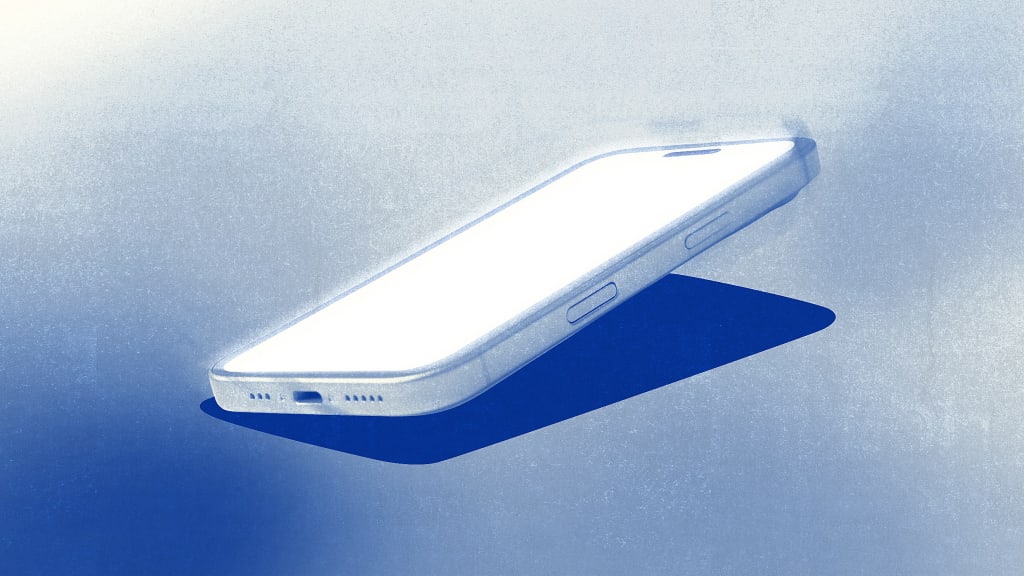
While there is no singular clinical explanation for the cause of dementia, there is general agreement that the likelihood is compounded by a positive feedback loop of factors such as social isolation, hearing loss, and reduced motivation to be active in the world—all things that could be sensed much earlier through a more intimate relationship with tech. Your smartphone already knows how much time you spend outside in daylight, or how much time you spend in loud and chaotic environments. But it is not telling us how this contextual data over time correlates with key health biometrics like HRV, the agreed upon indicator of stress. As a caretaker, this type of simple data, which is often overlooked in the quest for the perfect workout or meditation session, would be invaluable in increasing my situational awareness.
What if tech could have helped my family understand my father’s changing cognitive abilities much earlier in his aging process? And not only sensed those changes, but gradually layered in additional supports and digital augmentations without disrupting his familiar habits. A smartphone that proactively offers to read out his emails rather than waiting for him to learn a new habit, such as selecting voice-to-text within an obscure app setting. There is reason to believe that Apple’s big virtual health study may “uncover ways to build more proactive features. For instance, detecting if an early change in hearing could reduce the risk of cognitive decline down the line,” according to recent coverage of their announcement. The potential, when combined with the advanced capabilities of AirPods, is not to just document research findings, but to be able to introduce positive health adaptations that might have direct therapeutic benefits.
A new generation of tech
As a generation we are now in constant contact with an envelope of digital services that could allow us to sense cognitive shifts over time with a high degree of sensitivity and then tune familiar interfaces to better adjust to our changing abilities and our external environment. According to Robinson there is already a “panoply of products” that just need to be tuned to different cognitive needs, from memory loss to dementia. Adaptations that we can start to make gradually, before we face more serious issues and, most importantly, while we still have the cognitive capacity to adjust. We have many of the digital tools already but need to build in ambient intelligence and shift the design paradigm.
In the background, a number of features like text to speech, that have been widely implemented for accessibility reasons, stand at the ready to support us as we age if we can just design better interfaces to more naturally transition between modalities as we age. That could start with familiar interfaces, like notifications or navigation, that could be tuned to our changing abilities, particularly as they are integrated with smart glasses or other forms of context-aware AR displays.
Robinson provided a simple example from his early work at the AgeTech Collaborative where they developed a concept for AR eyeglasses to address the embarrassment associated with memory loss. The glasses would be augmented with a small camera, microphone, and computer vision that could be trained to recognize family and close friends. It would be paired with a capability that already exists with many hearables to “whisper” information, such as incoming text messages, in a discreet manner (which Robinson has already integrated into his personal layer of daily augmentations). Whispering, perhaps in the soothing and familiar tone of a synthesized family member, is just the sort of subtle design choice that could ease the burden and anxiety of aging in the future.
It was interesting talking to Slavin who was born with congenital hearing loss. He sees a future in which AirPods will soon be able to “match you to your auditory environments; quickly matching you to who is in front of you.” The cognitive payoff to this digitally enabled sensing and adjusting feedback loop could be significant in relation to the types of changes that he has seen in his aging mother: “The harder it is to focus, the harder it is to focus. So, (audio) technology can help us direct that to the best outcome, like blurring the background in Zoom. Using sophisticated tools to narrow (our) attention to the thing that we actually want to pay attention to.”

Cherney feels a sense of reassurance as someone with a potential genetic predisposition to dementia living as a non-native speaker in Germany: “I will be able to navigate much more easily than I would today. It is still scary, but in 20 years I feel like that translation will be seamless. Even with dementia, it will be effortless. I will just have my headphones in, and it will know me and know how to read the situation.” The evidence from the Nature meta study seems to offer some reason for hope: ”Developing evidence shows that cognitive offloading to digital devices can allow older adults to compensate for age-related declines in cognitive control, memory and navigation abilities, increasing functional performance even in the face of cognitive decline.”
A lot has changed since my father entered middle age. His generation benefited from massive improvements in medicine. Like so many of his peers, he is on a daily diet of low dose, maintenance pills to make micro-adjustments to his blood pressure, anxiety, depression, cholesterol, sleep, and a host of other concerns. These medical innovations have cumulatively raised the floor on his physical health and have meaningfully extended his ability to age in place at 94.
In the future, as we age, will tech augmentations in small, gradual doses provide a similar benefit to our generation and help us adapt gradually, in a way that our parents never really had a chance to? Many of the examples I have offered may seem relatively trivial in the face of neurodegenerative diseases, like dementia, that are largely untreatable today. But the feedback loops are real and play a significant role in the speed of cognitive decline. Technology is all about feedback loops, as Cliff wrote in the opening chapter of User Friendly. And user experience is at its heart the craft of designing better ones. While I am increasingly hopeful, it will take a different vision of healthy aging to get us there. This seems like a challenge fit for design in the age of AI.
What's Your Reaction?
 Like
0
Like
0
 Dislike
0
Dislike
0
 Love
0
Love
0
 Funny
0
Funny
0
 Angry
0
Angry
0
 Sad
0
Sad
0
 Wow
0
Wow
0
